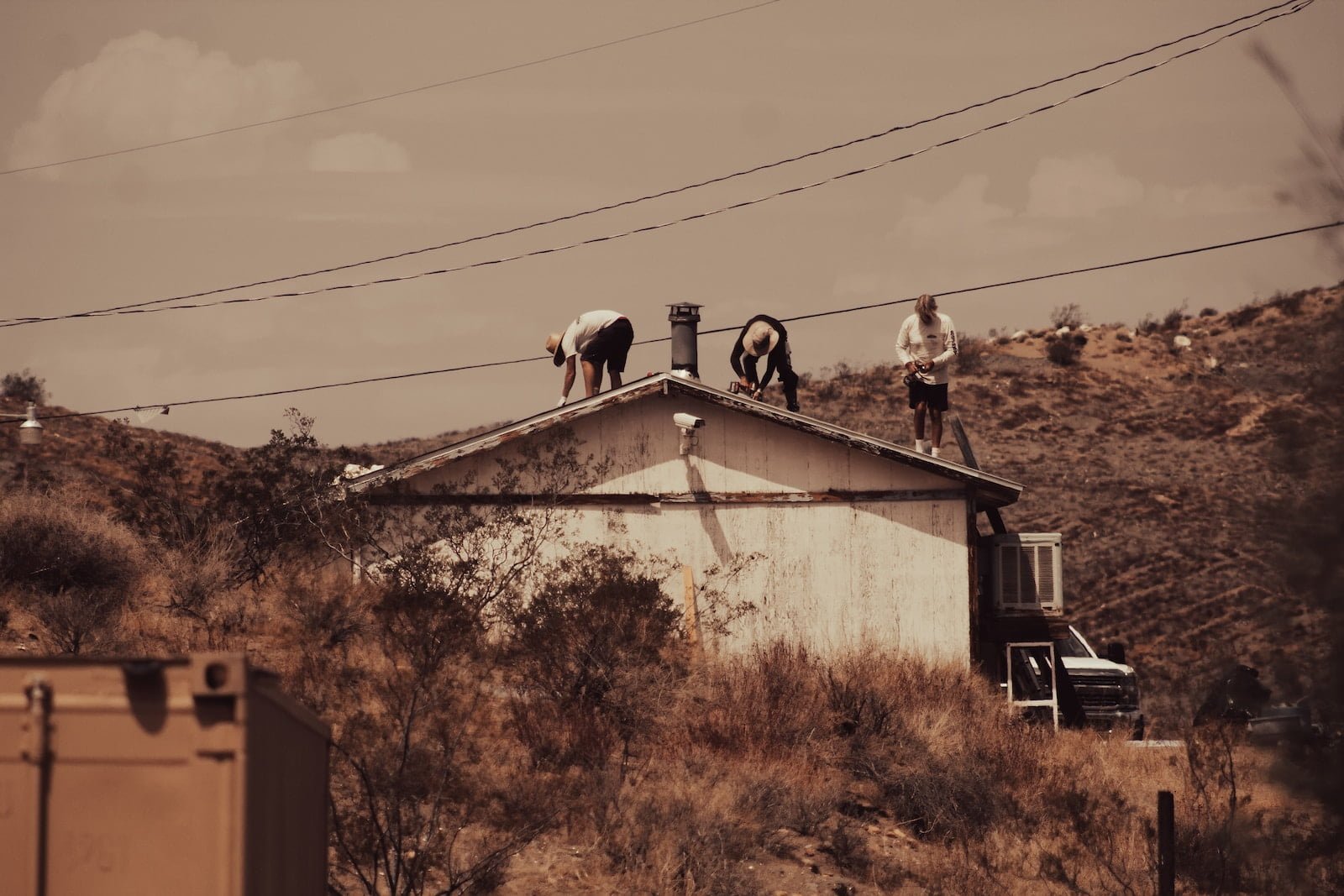What to Do About Broken Roof Shingles: The Ultimate Guide
What to Do When You Have Broken Roof Shingles? If you are a homeowner, you know that maintenance is crucial to keeping your home in top condition. One of the most common problems homeowners face is broken roof shingles. Broken shingles can be caused by a variety of factors, including weather, age, and poor installation. While broken shingles may seem like a minor issue, they can lead to significant problems if left untreated. In this article, we will discuss the importance of addressing broken roof shingles and what you can do to prevent further damage to your home.
Assessing the Damage and Identifying Which Shingles Need to be Replaced
To assess the damage and identify which shingles need to be replaced, start by inspecting your roof from the ground. Look for any obvious signs of damage such as missing or cracked shingles, or areas where the shingles appear to be buckling or lifting. If you notice any of these signs, it’s important to get up on the roof and take a closer look.
Once on the roof, carefully inspect each shingle for damage. Look for cracks, tears, or missing pieces. Pay special attention to areas around chimneys, vents, and other roof penetrations, as these areas are more prone to damage. If you find any damaged shingles, mark them with a piece of chalk or tape so you can easily identify which ones need to be replaced.
It’s also important to check the condition of the flashing around these penetrations. Flashing is a metal or plastic material that is installed around roof penetrations to prevent water from seeping in. If the flashing is damaged, it can cause water to leak into your home. If you notice any damage to the flashing, it’s important to have it repaired or replaced as soon as possible.
In conclusion, assessing the damage and identifying which shingles need to be replaced is an important step in maintaining the health of your roof. By inspecting your roof from the ground and getting up on the roof to take a closer look, you can identify any areas of damage and take action to prevent further damage from occurring. Remember to always prioritize safety when inspecting your roof and consider hiring a professional if you’re unsure about any aspect of the process.
Step-by-Step Instructions for Repairing or Replacing Broken Roof Shingles
Once you’ve identified the broken shingles, it’s time to get to work. Here’s a step-by-step guide to help you repair or replace them:
1. Remove the damaged shingles: Use a pry bar to carefully lift the damaged shingle and remove any nails holding it in place. Be sure to also remove any adhesive that may be holding the shingle down.
2. Cut replacement shingles: Use a utility knife to cut new shingles to the appropriate size. Be sure to cut them slightly larger than the damaged shingle to allow for any adjustments needed during installation.
3. Install the new shingle: Apply roofing cement to the back of the new shingle and slide it into place. Secure it with nails and cover the nail heads with roofing cement.
4. Seal the edges: Use roofing cement to seal the edges of the new shingle and ensure it is properly secured.
5. Repeat as necessary: If there are multiple damaged shingles, repeat steps 1-4 until all damaged shingles have been replaced.
Remember, it’s important to address damaged shingles as soon as possible to prevent further damage to your roof. With these step-by-step instructions, you can confidently repair or replace broken shingles on your own.
Tips for Preventing Future Damage to Your Roof and Maintaining Its Longevity
Regular maintenance is key to preventing future damage to your roof and ensuring its longevity. Here are some tips to help you keep your roof in good condition:
1. Keep your gutters clean: Clogged gutters can cause water to overflow and damage your roof. Make sure to clean your gutters regularly to prevent this from happening.
2. Trim overhanging branches: Overhanging branches can scratch and damage your roof. Trim them regularly to prevent this from happening.
3. Inspect your roof: Regularly inspect your roof for any signs of damage, such as missing or broken shingles. Address any issues as soon as possible to prevent them from getting worse.
4. Hire a professional: If you’re not comfortable inspecting or repairing your roof yourself, hire a professional to do it for you. They have the expertise and experience to spot and fix any issues before they become major problems.
By following these tips, you can prevent future damage to your roof and ensure its longevity. Remember, a well-maintained roof is key to protecting your home and keeping it in good condition for years to come.
Hiring a Professional Roofer: When to Do It and What to Look for in a Reputable Contractor
If you’re a homeowner, you know that your roof is one of the most important parts of your house. It protects you and your family from the elements, keeps your home warm and dry, and adds to your home’s overall value. So, when it comes to hiring a professional roofer, it’s important to know when to do it and what to look for in a reputable contractor.
Firstly, you should consider hiring a professional roofer if you notice any signs of damage or wear and tear on your roof. These signs can include missing or broken shingles, leaks, cracks, or any other visible damage. If you’re unsure whether your roof needs repairs or replacement, it’s best to call in a professional to assess the situation.
When it comes to choosing a reputable contractor, there are a few things to look for. Firstly, make sure they are licensed and insured. This will ensure that they have the necessary training and experience to do the job safely and effectively. Secondly, look for a contractor who has a good reputation in your community. Check online reviews and ask for references from previous customers. Finally, make sure you get a written estimate and contract before any work begins. This will protect you from any unexpected costs or issues down the line.
Overall, hiring a professional roofer is an important decision that should not be taken lightly. By knowing when to do it and what to look for in a reputable contractor, you can ensure that your roof is in good hands and that your home is protected for years to come.

